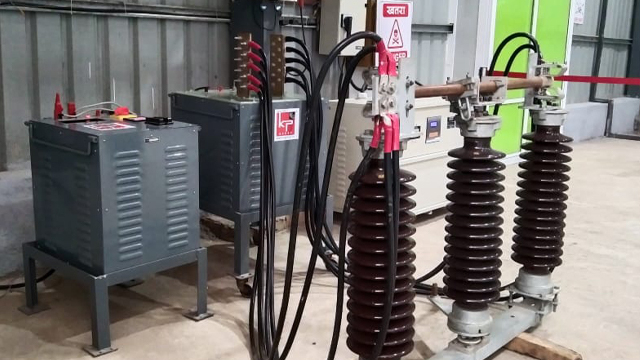In power systems, small components often carry big responsibility. Electrical isolators are one example. They rarely get attention, yet they keep grids safe and workable. Without them, the effort to build smarter and cleaner energy networks would not hold up.
Where electrical isolators fit in
An isolator looks simple. It is a switch that creates a clear break in a circuit. But electrical isolator manufacturers know the design is demanding. It must handle high voltage and heavy loads for decades without failing. The shift toward renewable energy makes this more important. Old coal plants ran with steady output. Solar farms and wind plants change with the weather. The system has to be disconnected and reconnected often. Isolators now need to coordinate with sensors and control systems to manage this safely.
Smarter grids aren’t only about software
Many discussions on smart grids focus on digital tools like AI and predictive analytics. Useful, but limited if the physical grid cannot handle switching and rerouting. That is where a green engineering solution provider plays a role. Grid hardware must align with sustainability goals. Isolators sized for distributed power, built with long-life materials, and designed to use less land are part of this.
An overlooked angle sustainability in hardware
Sustainability is usually framed around solar efficiency or wind turbine recycling. But isolators and other hardware matter too. The copper, steel, and insulation all carry environmental impact. Some manufacturers are improving this. New isolators use modular parts for easier recycling or coatings that extend service life. These changes cut waste and reduce replacement cycles.
The integration problem
The real challenge is not just making an isolator. It is building one that connects to modern grid systems. IoT monitoring and automation require isolators that act as both mechanical devices and digital components. Traditional manufacturers focus on hardware. Software is not their strength. Green engineering firms focus on big system design. When the two work together, the results are strong. A substation with isolators that report their own status improves safety and adapts faster during faults. It can isolate a solar inverter in seconds or redirect wind output without downtime.
What smarter really looks like
The phrase smart grid is overused. A better vision is one where the equipment in the field is as capable as the software behind it. Some isolators already include sensors that monitor wear and predict failure. These are still uncommon, but they point to the next step. A grid where isolators do more than open and close circuits is safer and more reliable. Where I’d push back Clean energy planning often emphasizes big projects and ignores details. But reliable isolation is essential. Rooftop solar and large storage systems cannot scale if technicians face unsafe conditions. Sustainability must include safe and resilient hardware.
Looking ahead
Electrical isolators will not be headline products. Yet demand is rising as networks expand with microgrids, solar parks, and EV charging hubs. Electrical isolator manufacturers who adapt, and green engineering solution providers who integrate hardware into sustainability work, will shape the future grid. Smarter grids will not be built only on software or generation technology. They depend on the small devices that keep everything connected, safe, and adaptable.









